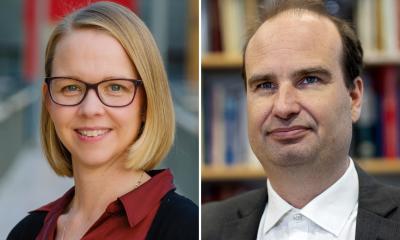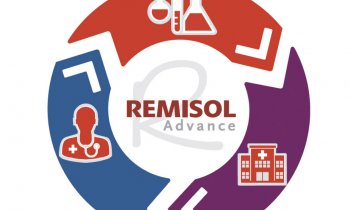Telemedicine
The Rapid Growth Of Medical Tourism
Traditionally, medical tourists travel from high-income countries to middle and low-income countries seeking health care at a lower price. With a growing wealthy class in developing countries and increased access to the Internet, more citizens from around the world are traveling to the United States to receive quality health care and advanced treatments.

Yan Alicia Hong, Ph.D., associate professor at the Texas A&M Health Science Center School of Public Health emphasized the growing number of medical tourists has brought both promising opportunities and mounting challenges. In an article published in the Journal of Medical Internet Research, she poses the question: Are we providing international patients the information they need to make informed health care decisions?
Hong lists four areas that deserve immediate attention. First, there is a lack of a reliable assessment of health care quality across borders, including a scale of price-to-outcome. There is also insufficient communication on the risks associated with medical tourism. For example, the majority of medical broker web sites tend to communicate the benefits over the risks. In addition, there are inadequate policies on ethical concerns related to clinical trials. As a result, growing legal concerns associated with medical tourists have not been addressed.
“This article was written in response to a recent opening of the Chinese American Physicians E-Hospital in Houston, Texas,” Hong said. “I realized that the flourishing telemedicine and medical tourism communities have been understudied and need more attention.”
In her research, she found the number of Chinese patients seeking care in the U.S. has increased 400 percent from 2004 to 2014. More than 70 percent of these Chinese patients seek oncological treatments in America. Patients typically spend $100,000 to $150,000 for their medical trip and pay for their treatment with cash up-front.
In the wake of high profits from medical tourism, many hospitals are investing in making their services more visible and convenient to their overseas clients. Increasing numbers of hospitals have a department dedicated to providing services to these international patients.
“I am optimistic about the development of medical tourism and telemedicine,” Hong said. “Such development has enabled patients around the world to seek the best care available and facilitates efficient communication of medicine globally. However, it’s imperative that more research and dialogue be conducted on the issues and impact associated with the evolving models of medical consumerism.”
Source: Texas A&M University
14.06.2016









